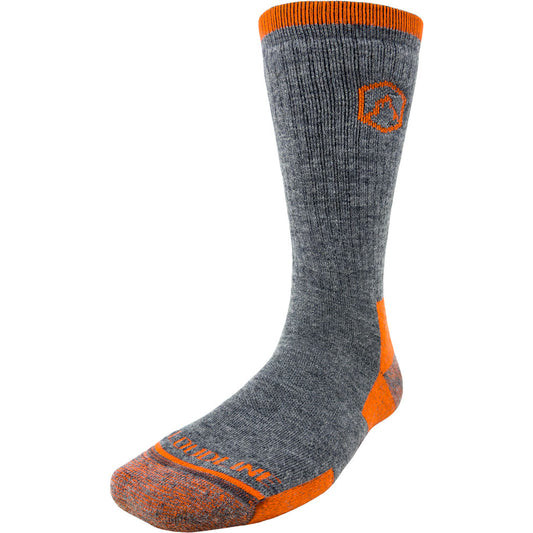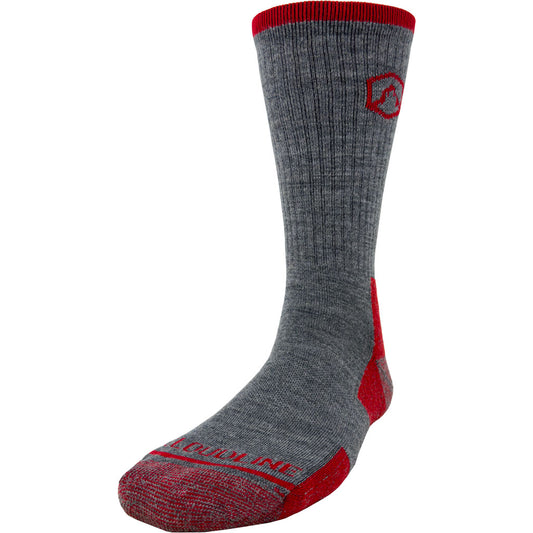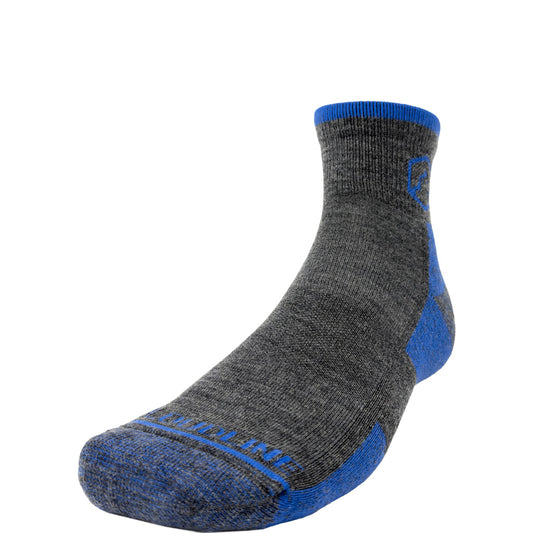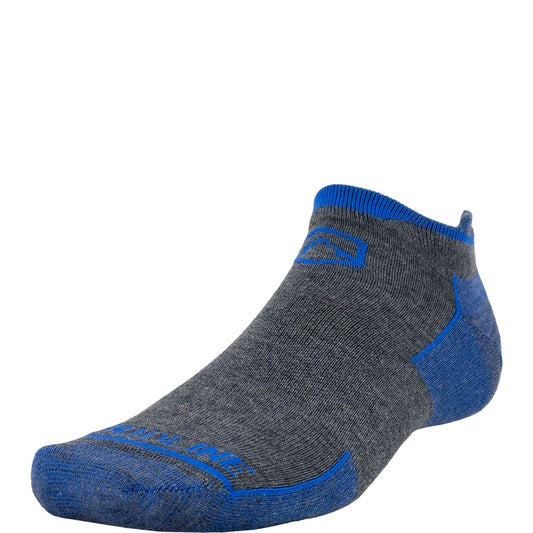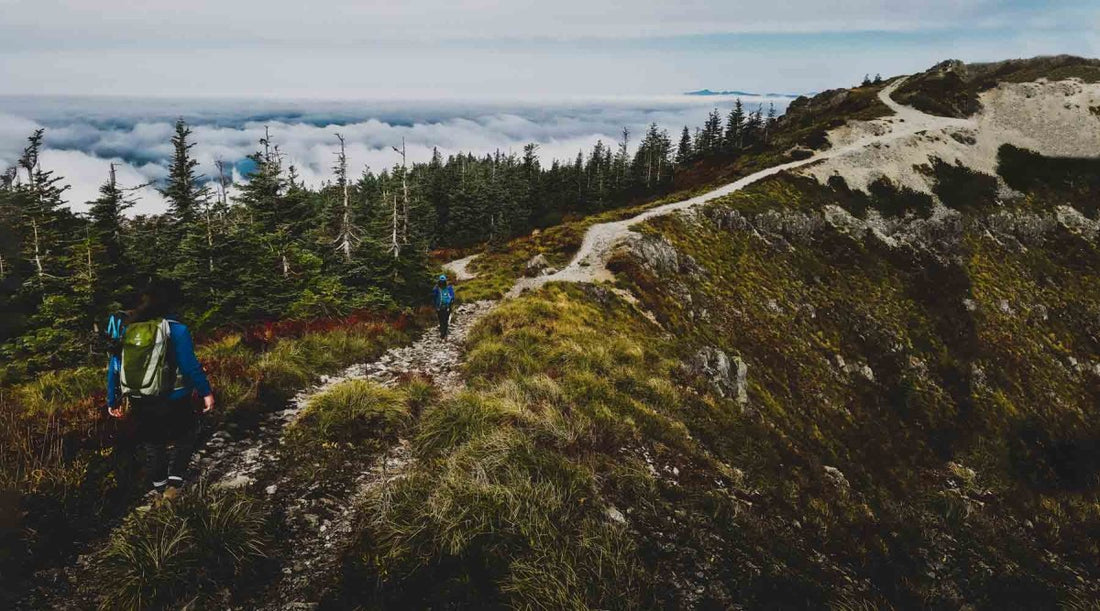
Preparing for Hiking Season: 3 Things You Can Do to Get a Head Start
Like many places across the country, we’re gearing up for spring in the Pacific Northwest. And those of us who love to hike are stoked to be on the brink of hiking season.
Whether you’ve been staying active throughout the winter or spending your time cozied up on the couch, it never hurts to do some pre-season prep. With a little conditioning, gear inventorying, and trip planning, you’ll be poised to make the most of hiking season as soon as the trails melt out.
Read on for some of our favorite ways to get ready for an unforgettable hiking season.
1. Get Physically Prepared

Let’s be honest — maybe you love hiking because it doesn’t require special training, equipment, or skills. And the idea of conditioning for hiking season? You’re afraid it will take the joy out of your favorite activity.
If you agree with that sentiment, we hear you. There’s no strength training program, mileage requirement, or special gear that makes you a hiker. And that’s a wonderful fact.
But that doesn’t mean a little strength and cardio training aren’t helpful. For those who have big hiking goals — whether that’s a week-long backpacking trip or summiting a high peak — conditioning can make the difference between a grueling slog and a satisfying hike.
Conditioning is also important for people who are recovering from injuries. Jumping into a long or steep hike before your body is ready is not going to do you any favors.
Whatever your reason for preparing physically for hiking season, you’ll want to focus on strength and cardio training. The goal is to strengthen your core and leg muscles, which you’ll rely on while hiking. Exercises that help you improve balance are also helpful, especially if you’ll be hiking with a heavy backpack.
Follow these guidelines when you begin conditioning:
- Start training about two months before a challenging hike.
- Take rest days twice a week — and more often when your body needs it.
- Once you’re feeling ready for it, swap out some cardio exercises for shorter day hikes.
Focusing on leg, hip, and core strength, here are some common exercises to build into your routine:
- Squats
- Step-ups
- Planks
- Lunges
Find how-tos and more exercises in this training guide.
And don’t spend all your time doing reps. Some of your favorite activities are likely great cross-training. Focus on activities that get your heart rate up, build leg or core strength, or improve your balance. Some great options include running, mountain biking, paddleboarding, and yoga.
2. Take Inventory of Your Gear

In addition to getting your body ready for hiking season, you also want to prepare your gear. Dig it out from the back of your closet and take inventory of everything. While it’ not the most fun task, preparing your gear now means you’ll be ready to head out as soon as that perfect weather arrives.
Here are some items you’ll want to check on and some tasks you’ll want to complete:
- Inventory your first aid kit: Use this checklist to figure out what’s missing and what needs restocking. Check medications and replace anything that’s expired.
- Check your headlamp: Do the batteries still work? Make sure you have extra batteries on hand to replace dead ones throughout the season.
- Re-waterproof your rain layers: When was the last time you treated your waterproof gear? If it’s been a while, wash your rain jacket and rain pants with a wash-in waterproofing detergent.
- Inspect your tent: If camping will be part of your upcoming hiking season, don’t neglect this key piece of gear. Check for working (and present) zippers, poles, and stakes. Check the tent itself for any tears or holes. If it needs waterproofing, you can reseal the seams and spray the fly with a waterproof spray.
- Unroll or unpack sleeping bags and pads: Check for any holes, tears, or — in the case of inflatable sleeping pads — leaks. Patch anything that needs it and air out your sleeping bag.
- Inspect your hiking shoes or boots: Check to make sure they’re in good shape, including the tread. If you have waterproof boots that aren’t doing their job, you might want to add a waterproofing treatment.
- Take stock of your socks: Make sure your hiking socks haven’t disappeared during the winter, and inspect them for holes. If you notice holes in your Cloudline socks, contact us for a replacement — it’s what our Lifetime Guarantee is for. And if you simply need to add to your sock drawer, choose a merino wool style for blister-free hiking.
- Deep-clean your hydration system: Start by filling it with warm water and dropping in a cleaning tablet. Run water through the straw, then let the whole thing soak according to the cleaning tablet’s directions. Empty and rinse the reservoir, then refill it with warm water and soap. Scrub all the surfaces (use a specialty brush for the straw, if possible) before rinsing again and letting it air-dry completely.
- Refill your snack stash: Refill your hiking snack supply with healthy, energy-dense, and shelf-stable foods you can throw in your pack at a moment’s notice. Energy bars, jerky, nuts, nut butter, and dried fruit are all great options.
3. Do Some Trail and Trip Planning

Hiking season flies by. As it approaches, take some time to think through what trails you’re excited to hike this year.
Sure, spur-of-the-moment hikes are some of the best, but some trips require more planning. Taking a little time ahead of the season to do some planning makes it easier to just go when the time comes.
Planning ahead also helps you take advantage of the weather. Rather than planning a trip in response to weather, you can pick one of your pre-planned trips when you see the perfect weather window.
Here are some ways you can loosely plan your hiking season so you can prioritize your top hikes and save time for spontaneous adventures.
- Make a list of hikes and backpacking trips you want to prioritize this season. Use sites like Hiking Project or All Trails to get ideas and do some basic research.
- Research the trails — mileage, elevation, terrain — and any seasonal or special closures that might limit accessibility.
- (Roughly) plan when you’ll do these hikes. No one needs to follow a strict schedule when it comes to outdoor adventures, but longer trips might require time away from work. Figure out when you’ll go on your adventures based on weather, your personal schedule, and — if it’s a concern to you — crowds.
- Locate, borrow, or print maps for your hikes. GPS is great, but having a paper map is both practical and fun. Not only are maps helpful to study while planning your trip, but they’re an important safety and navigation tool.
- Plan routes for any overnight trips. Figure out where you’ll camp and how many miles you’ll hike each day. If your route isn’t a loop, figure out a shuttle or a plan for returning to your car.
- Get any necessary permits or reservations. Some permits and campsites are available on a walk-up basis, and some require advanced reservations. Some activities — like dispersed camping in a national forest — don’t require any permits. Others — like backpacking in a national park — do. Research ahead of time to make sure you know what you need and how to get it.
Plan Now So You Can Play Later
With some physical, mental, and practical prep, you’ll be ready when hiking season rolls around. Whether you’re planning casual hikes around town or serious backpacking adventures, preparation makes getting out there so much easier.
Do you have any special ways you prepare for hiking season? What makes you excited to get back on the trail? Share your thoughts in the comments below!
Click here to view all the products available at Cloudline Apparel!

